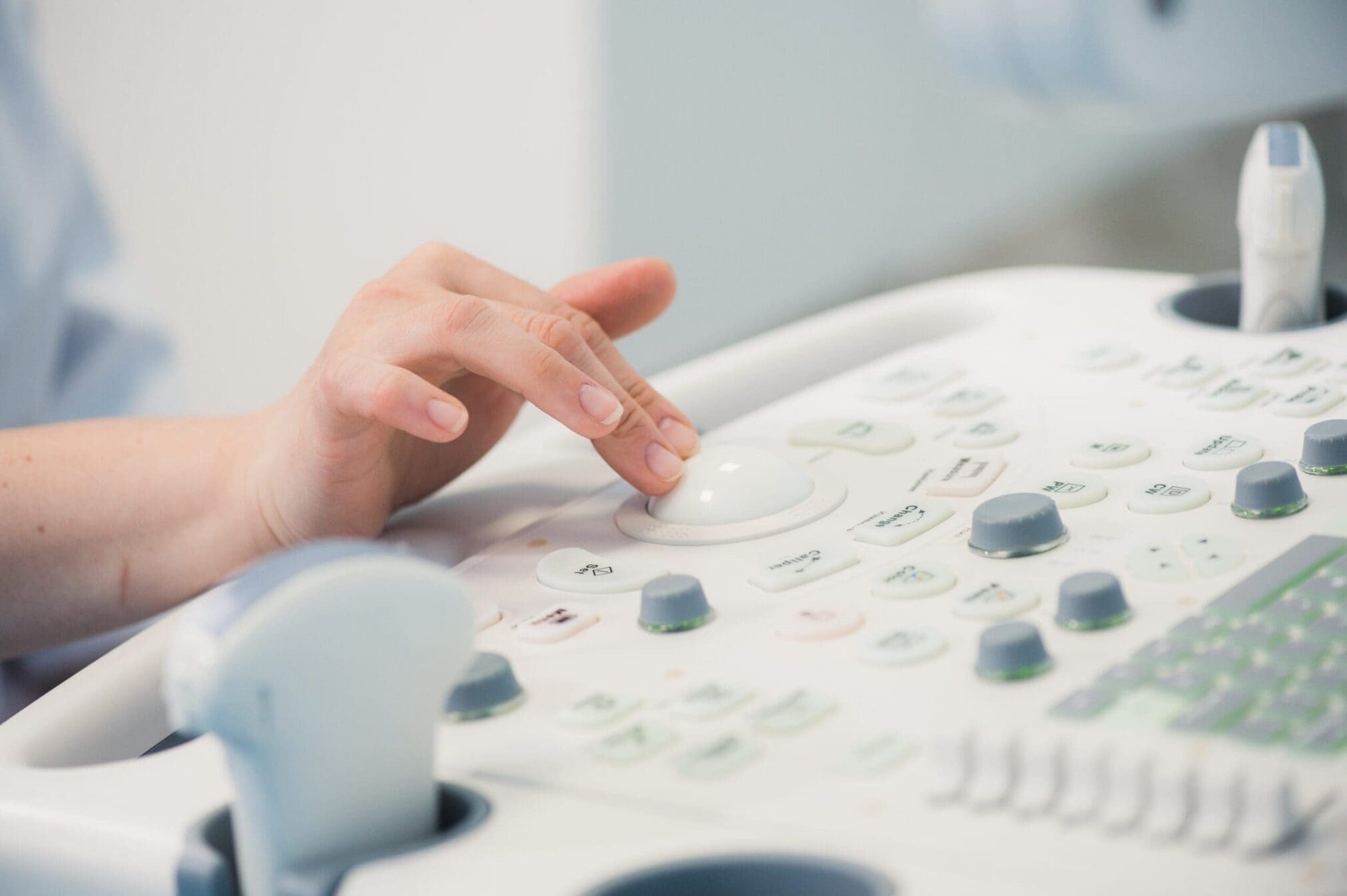The Medical Device industry has suffered tremendous changes during its long life, evolving parallel to medicine discovering and technology developments.
The irruption of PVC (Polyvinyl chloride) during the 1960s represented a major breaking point, which can be easily understand by the presence today plastics have in every aspect of Health Care.
PVC materials are nowadays widely used in many applications like containers or tubing, due to its easy and cheap production, flexibility, versatility with different shapes and designs, chemical withstanding and hygienic properties.
Applicable regulation:
Medical Devices Directive, which will be completely replace by the Medical Device Regulation by 2020, ensures the safety of the products sold in Europe and by affixing the CE marking. A transversal regulation, REACH, also applies for chemical substances for plastic materials.
Warnings and labels. Phatalates
Health and Environmental aspects must also be take into consideration when a medical device is made by or contains PVC.
Phthalates , a broadly plasticiser to make PVC more malleable and flexible, which may prevent damage to tissue and easier to use. However, its use has been raising discussion for its potential cancerogenic effect due to the non-covalent union to the plastic.
Producers and manufacturers work to decrease this risk by using substitutes when possible, using DEHP-plasticised PVD only if no feasible alternative is in place.
MDD lists the kind of medical devices where the presence of phthalates must be labelled, by using the ISO symbol to this effect or direct wording.
Obelis, with 30 years of experience, can help you with any doubt regarding MDD and the new MDR. Please do not hesitate to contact us!
Victor Pastor Martin


